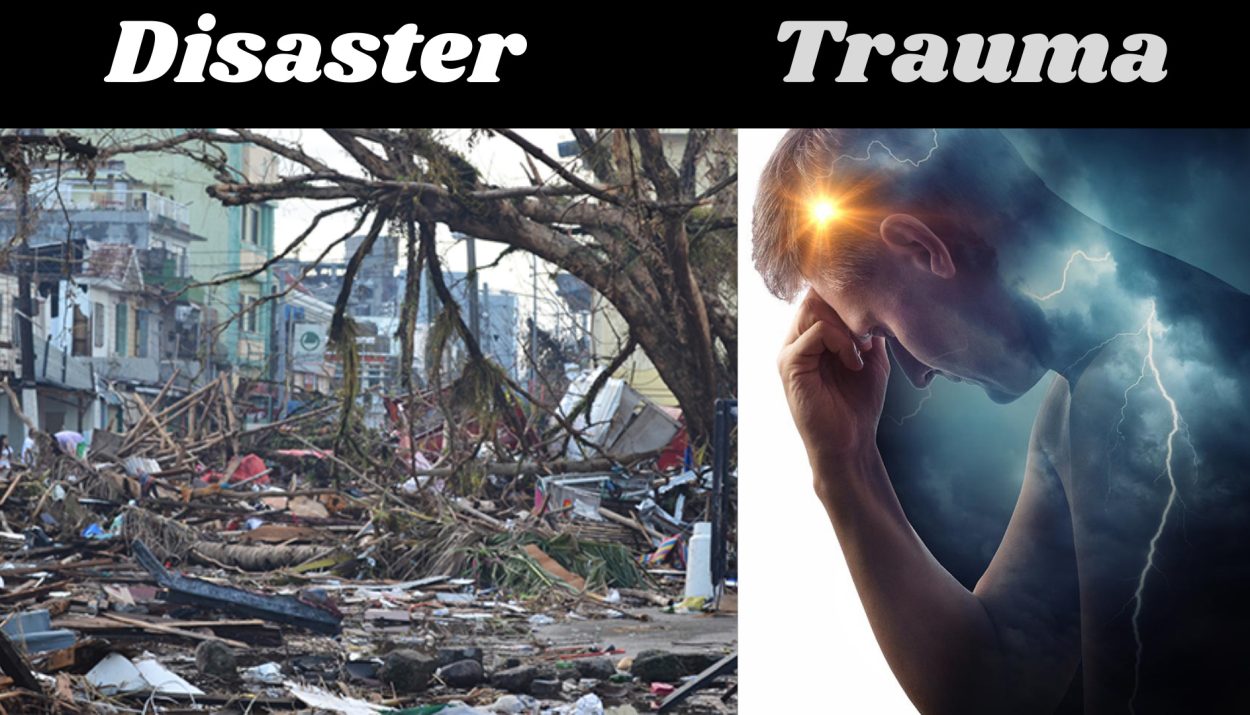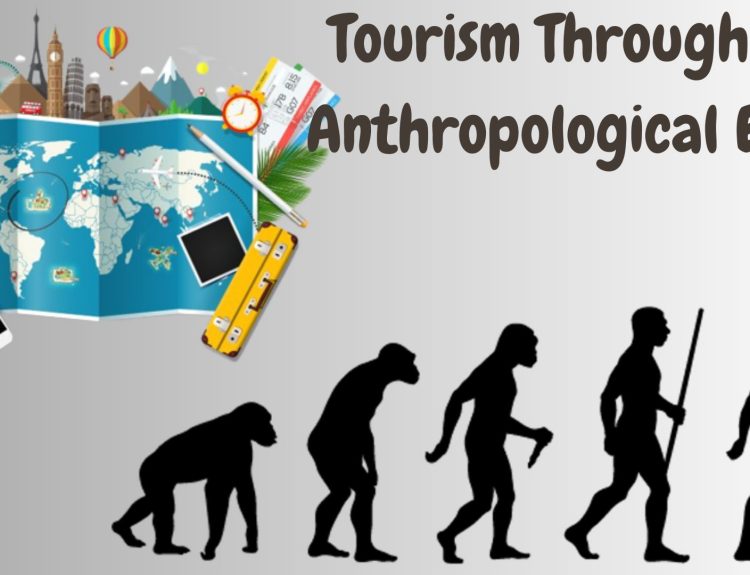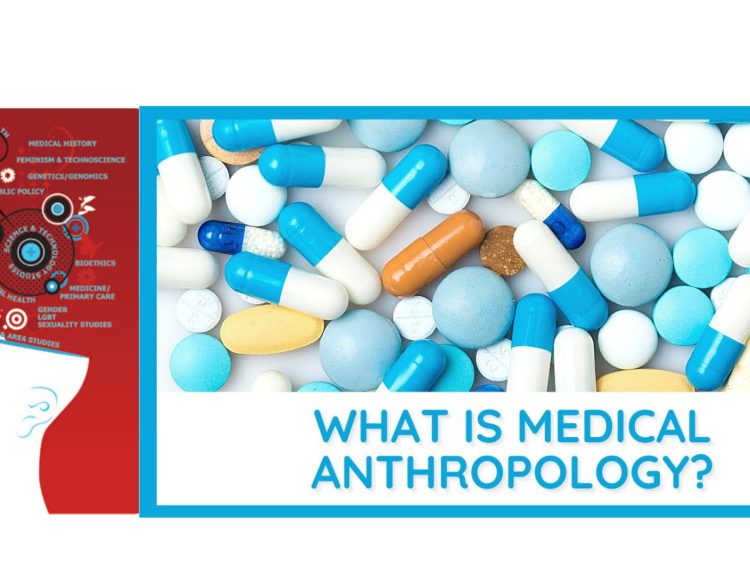Pursuing applied anthropology in the disaster emergency management process, you need challenges and opportunities. The article “Anthropology of disaster” will discuss the use of various anthropological tools such as qualitative approaches, holistic planning, community engagement etc for disaster management. Here we learn, how anthropologists support people to cope with a disastrous situation.
Disaster and Trauma
As we see that the frequency of occurring disasters is increasing day by day which is why disasters and crises become the object of study by various disciplines. A disaster can be defined as a sudden event that disrupts the normal functioning of society. Disasters can be natural or man-made. When disaster ( Drought, earthquake, chemical explosion, etc.) occurs, it affects humans’ daily lives. It disturbs their life physically as well as emotionally.
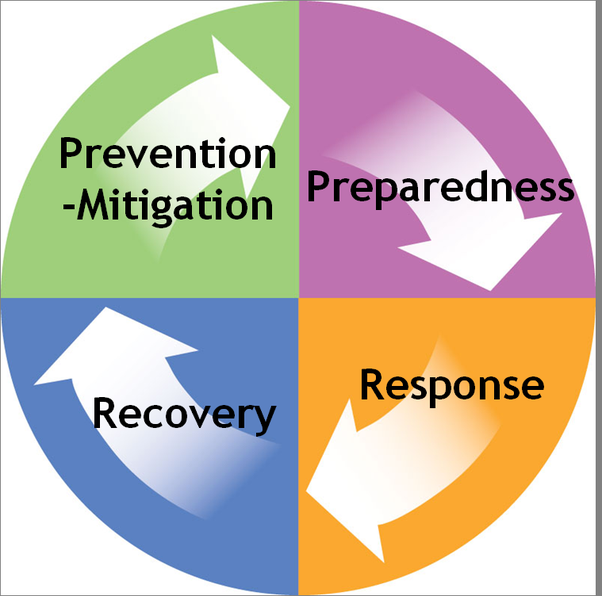
Disaster management is the sustainable planning and procedure to protect mankind from the severe damages that occur due to natural or man-made disasters. Trauma is the response of a human to a disastrous event. Not everyone experiences trauma after a disaster. It depends on the impact of a particular event. It can have a long-term effect on the person’s mind.
Society, environment and disaster are interrelated with each other. Society does not exist without humans and humans use their surrounding environment for their survival. To know the relation between man and environment, read – Man and Biosphere.
To find the solution for disaster management one should need a detailed study.
Role of Anthropologists

Anthropologists view disasters as challenges and focus on the behaviour of humans in the different stages of disaster impacts. They observe the adjustments and interactions of individuals and groups to the stress that is due to the disaster. Anthropological research provides rich data on the social effects of the disaster.
More specifically, here the role of cultural anthropologists is most important. The goal is to help or supports the survivors of disaster-related traumas. The real work of anthropologists starts after the shock of the disaster. They look aftermath of injury and try to recover and repair them.
First, anthropologists study trauma and injustice to support the affected people. They try to engage themselves with the psychology of people. They sit with people for a long period to talk and understand their emotions then, they set any kind of conclusion.
They never take any case for granted for their analysis. They explore the diversities for better solutions. They are involved in preparedness and mitigation programmes. They are associated with post-disaster settlement and resettlement planning.
Conclusion
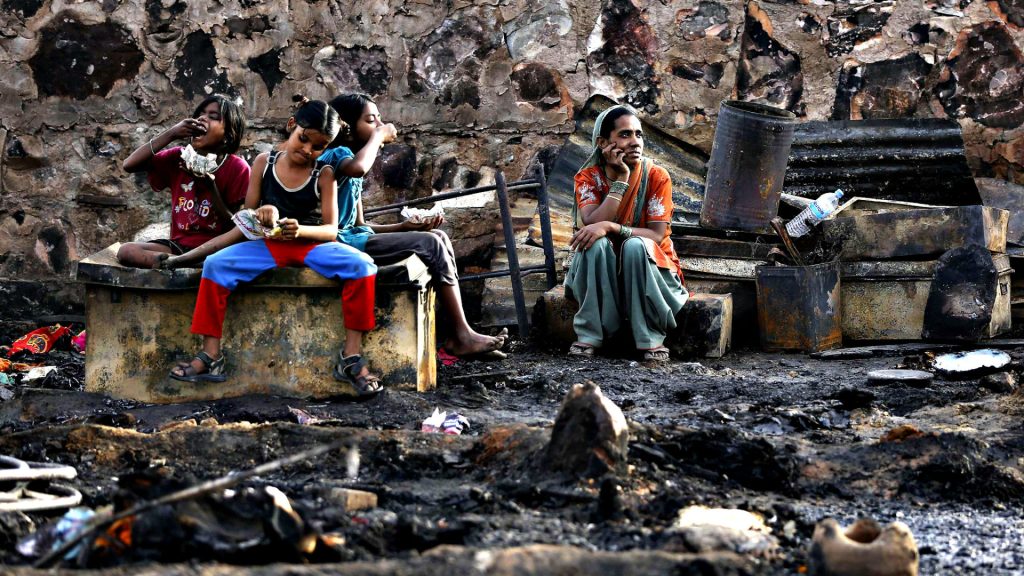
Disaster occurs at the interface between society, environment and technology. Scholars of other disciplines also involve in disaster management but anthropology is the only discipline where anthropologists try to understand all related aspects to solve the issues related to the disaster. Anthropologists mainly focus on disaster management part. But for better planning, they try to research the disaster type, cause and effects.
But now scholars of involved disciplines work together. They share their work to lessen the impact of a disaster. This way they provide a better strategy to handle the aftereffects of disaster. Working together also helps to build an effective policy for disaster management.
Read more:
- Lamarck’s Theory of Evolution
- Bipedalism and Structural Changes
- Natufian Culture
- Cache of ancient coins dating back 100,000 years unearthed in Japan
- James George Frazer


